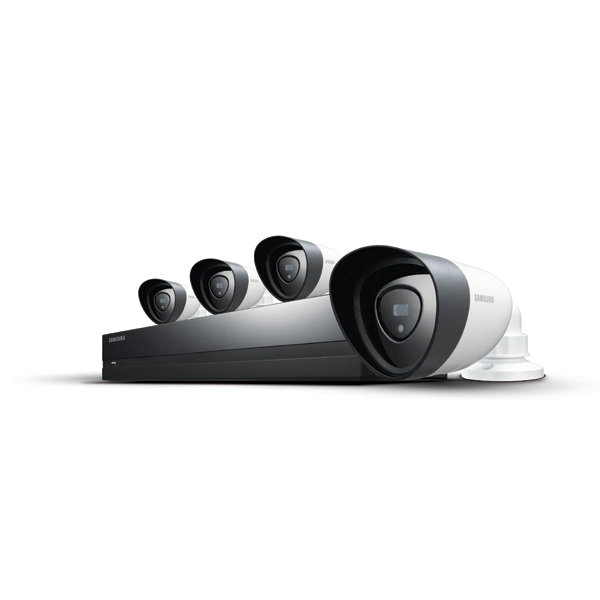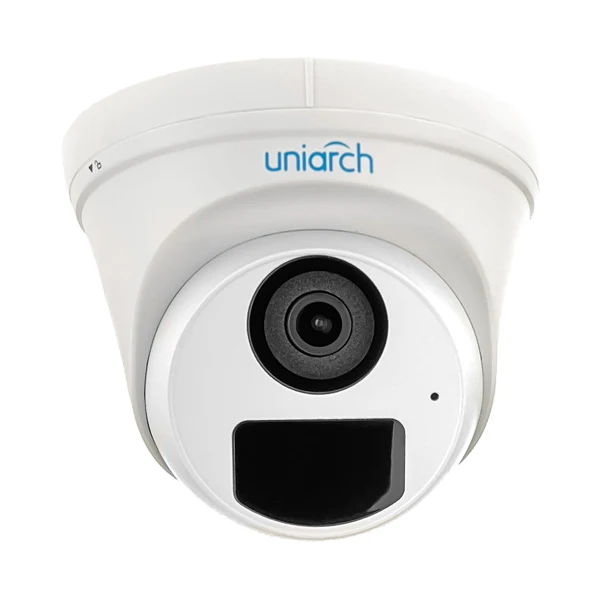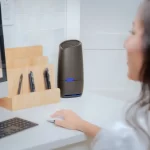I. Introduction
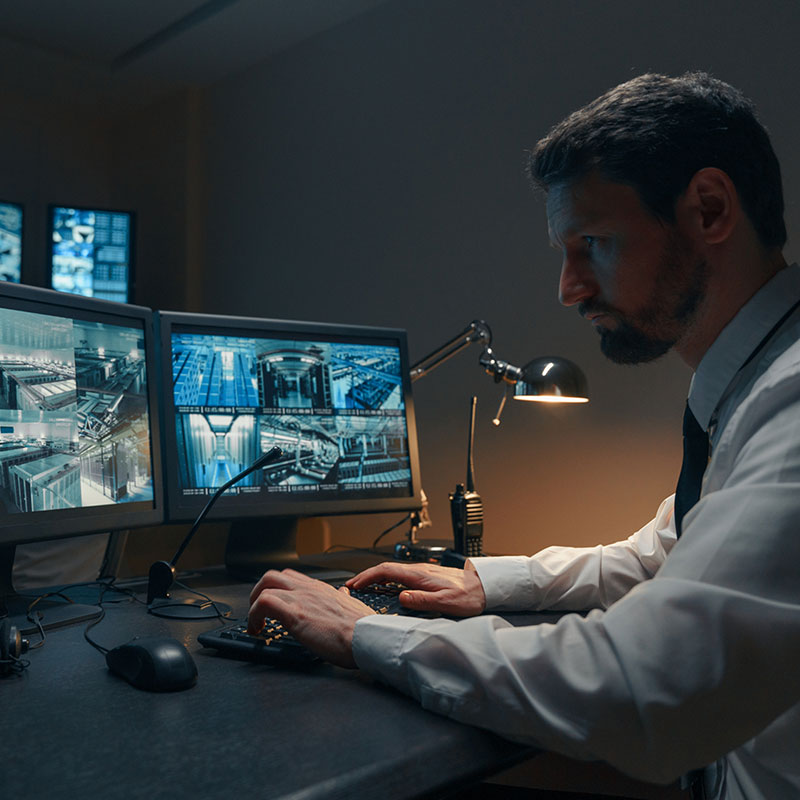
Video surveillance has become an integral part of modern society, with cameras in place at businesses, public locations, and even private residences. This technology has proven to be invaluable in legal cases, providing crucial evidence to support or refute claims. In some instances, the footage captured by these cameras can be the deciding factor in a case. However, obtaining this footage may require the use of a subpoena, a legal document that compels the production of evidence.
A. Explanation of the subpoena process
A subpoena is a legal order that requires an individual or organization to produce documents, testify, or provide evidence in a legal proceeding. In the case of video surveillance, a subpoena may be necessary to obtain footage that is relevant to a case. This process is essential for ensuring that all pertinent evidence is available for review during a legal proceeding.
B. Importance of video surveillance in legal cases
Video surveillance has become an invaluable tool in legal cases, providing a clear and accurate record of events. This footage can be used to corroborate witness testimony, provide a visual representation of an incident, and establish timelines of events. In criminal cases, video surveillance can be critical in identifying suspects and establishing their actions.
C. Purpose of the subpoena for video surveillance
The purpose of obtaining a subpoena for video surveillance is to ensure that all relevant footage is made available for review during legal proceedings. This may include footage from security cameras, dash cams, body cameras, or other sources of video surveillance. By obtaining a subpoena, legal teams can access this critical evidence and use it to support their case.
II. Relevant Laws and Regulations
A. Overview of laws governing the use of video surveillance
The use of video surveillance is governed by various laws and regulations at the federal, state, and local levels. These laws dictate where cameras can be placed, how the footage can be used, and the rights of individuals regarding their privacy. It is essential for legal teams to understand these laws when seeking video surveillance footage through a subpoena.
B. Understanding the legal requirements for obtaining a subpoena
The legal requirements for obtaining a subpoena for video surveillance footage may vary depending on the jurisdiction and the specifics of the case. In general, legal teams will need to demonstrate the relevance of the footage to the case and provide a compelling reason for why it is necessary for the evidence to be produced.
C. Identifying the appropriate jurisdiction for the subpoena
When seeking video surveillance footage through a subpoena, it is essential to identify the appropriate jurisdiction for the legal proceedings.
III. Obtaining Legal Counsel
A. Finding a qualified attorney experienced in subpoenaing video surveillance
When it comes to obtaining video surveillance footage for legal purposes, it’s crucial to have a skilled attorney on your side. It’s essential to find a lawyer who has experience in subpoenaing video surveillance, as this process can be complex and requires an understanding of the legal requirements involved.
To find a qualified attorney, it’s important to do thorough research. Additionally, seek recommendations from trusted sources, such as friends, family members, or other attorneys who may be able to refer you to a qualified professional.
Once you have a list of potential attorneys, it’s important to schedule consultations to discuss your case and inquire about their experience with subpoenaing video surveillance footage. During these consultations, ask specific questions about their experience in handling cases similar to yours and inquire about their success rate in obtaining video surveillance evidence.
B. Understanding the role of legal counsel in the subpoena process
Legal counsel plays a crucial role in the process of subpoenaing video surveillance footage. The attorney will guide you through the legal requirements and procedures involved in obtaining the evidence necessary for your case.
One of the key roles of legal counsel is to assess the relevance of the video surveillance footage to your case. They will determine whether the evidence is essential in proving your claims and whether it meets the legal standards for admissibility in court.
Furthermore, legal counsel will be responsible for drafting and filing the subpoena with the court.
Legal counsel will also work with you to gather supporting evidence and information that may strengthen the subpoena request. This could include witness statements, police reports, and any other documentation that may be relevant to the case.
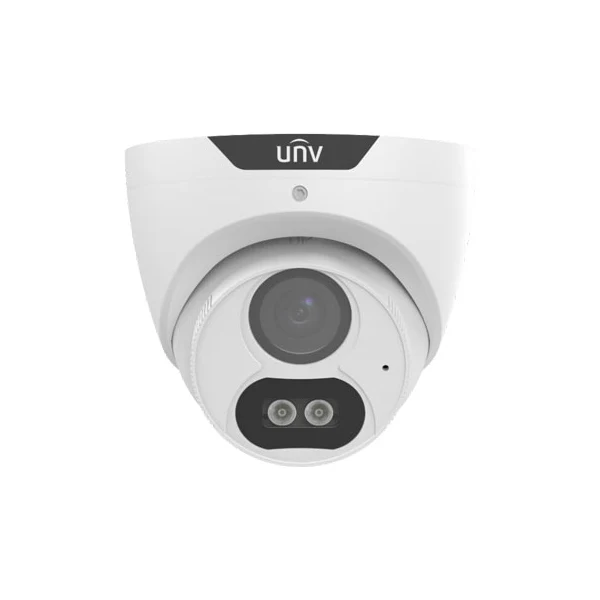
C. How to work with legal counsel to gather evidence and support the subpoena request
Collaborating with legal counsel to gather evidence and support the subpoena request is essential to ensuring a successful outcome.
To effectively work with your attorney, it’s crucial to provide them with all the relevant information and documentation related to your case. Additionally, it’s important to keep open lines of communication with your legal counsel. Be proactive in providing any new information that may arise. And be responsive to any requests for additional information or documentation.
Your attorney may also advise you to work with private investigators or other professionals who can help gather additional evidence to support your case. By collaborating closely with your legal counsel and providing them with the necessary information and resources, you can strengthen the subpoena request and increase the chances of obtaining the video surveillance footage you need.
IV. Drafting the Subpoena
A. Crafting a compelling and clear subpoena request
When drafting a subpoena for video surveillance footage, it’s essential to craft a compelling and clear request that clearly outlines the evidence you are seeking. The subpoena should be concise and to the point, providing all the necessary details for the party in possession of the footage to comply with the request.
A compelling subpoena request will clearly articulate the relevance of the video surveillance footage to your case. This may include providing a brief summary of the incident and explaining how the footage is crucial in proving your claims.Furthermore, the subpoena should be clear in its language and avoid any ambiguity.
B. Including specific details about the video surveillance footage being sought
In addition to providing a clear and compelling request, it’s crucial to include specific details about the video surveillance footage in the subpoena. This includes specifying the exact location and address of where the footage was captured, as well as the date and time of the incident being investigated.
By providing specific details, you can help ensure that the party in possession of the footage. And provide the necessary evidence in a timely manner.
C. Ensuring compliance with legal requirements for subpoena language and format
Finally, when drafting the subpoena, it’s essential to ensure compliance with the legal requirements for language and format. The subpoena should adhere to all relevant laws and regulations governing the issuance of subpoenas, and any specific requirements set forth by the court in which the subpoena will be filed.For example, the language used in the subpoena should be formal and follow the prescribed format for legal documents.
In conclusion, the use of video surveillance footage in legal cases has become increasingly common, and obtaining this evidence often requires the use of a subpoena. By understanding the legal process and requirements for obtaining video surveillance footage, legal teams can ensure that all relevant evidence is available to support their case. Additionally, it is crucial to be aware of the laws and regulations governing video surveillance.
